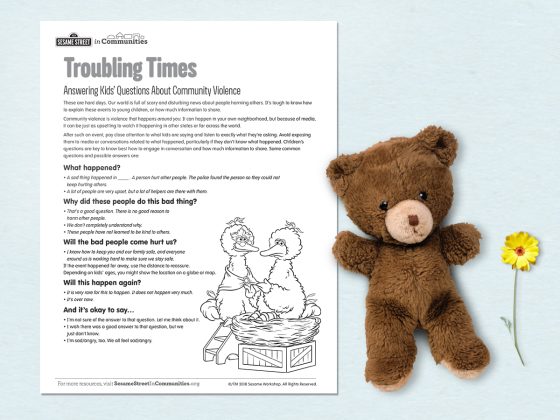
Troubling Times
Age-appropriate ways to respond to children’ tough questions.
Children can ask some tough questions. They may also ask the same question several times—by asking questions, they’re letting you know they trust you.
Print and read this sheet with ideas on how to respond to tough questions. (Of course, you know your children best, so naturally you’ll want to adjust what you say, especially depending on children’s ages.) Consider talking to other adults about how they’ve explained the issues to their children, and to share your concerns and ideas.
Young children tend to confuse facts with fears, so don’t give them more details than they ask for. Avoid sharing details such as the exact number of people who died or if the violence was coordinated, and try not to be too dramatic. If you’re very upset and they notice, reassure them that you’re sad about the news too, but that you’ll be fine, you’ll still be there to take care of them, and that you have a plan to protect your family.
If the violence happened in a school, avoid sharing any of your own concerns. Describe how grown-ups in schools have safety rules such as keeping the front doors locked, having visitors identify themselves and sign in, posting cameras at entrances, and so on.

1, 2, 3, Color Me
Sitting quietly and coloring together is a stress-reliever for adults and children alike.
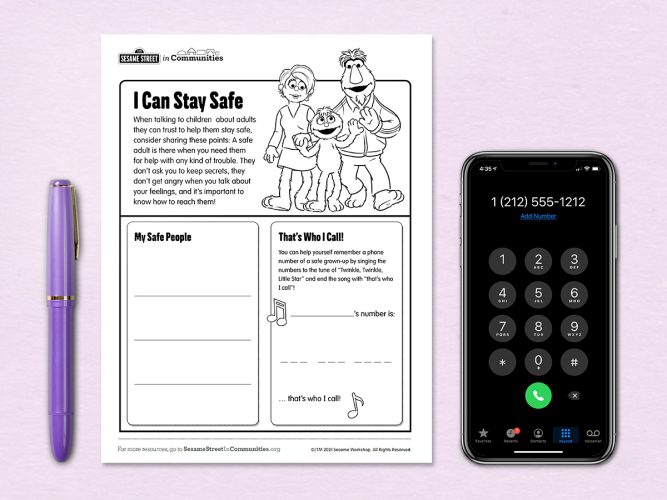
I Can Stay Safe
It’s important for children to know several people they can turn to when something goes wrong.
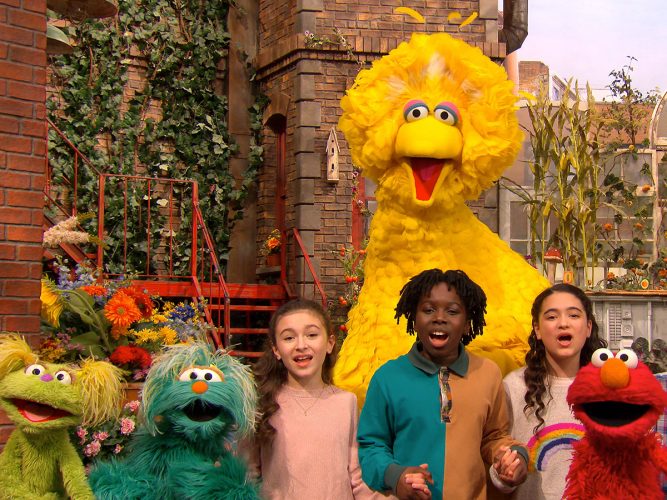
We’re Not Alone
A music video on the power of community connections.
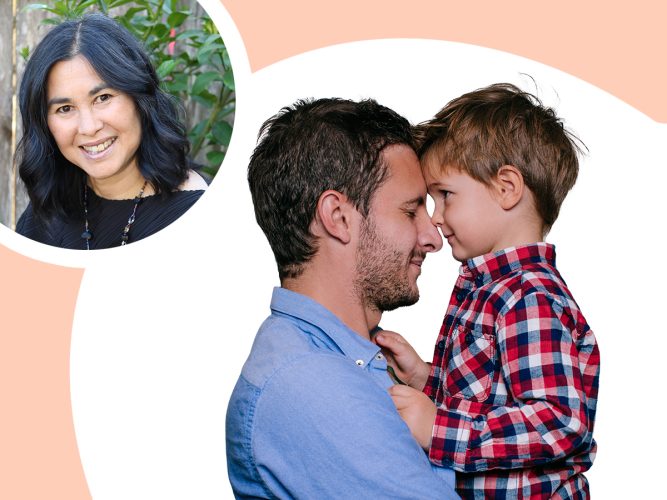
Trauma and the Body
An article on the effects of violence on children.
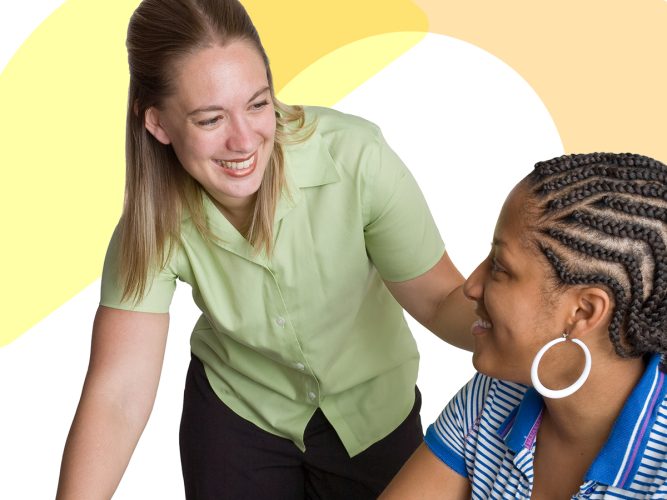
Using These Resources: Violence
Article about the Sesame Street Community & Gun Violence initiative.

I Don’t Want to Live on the Moon
A song about the power of human connections.
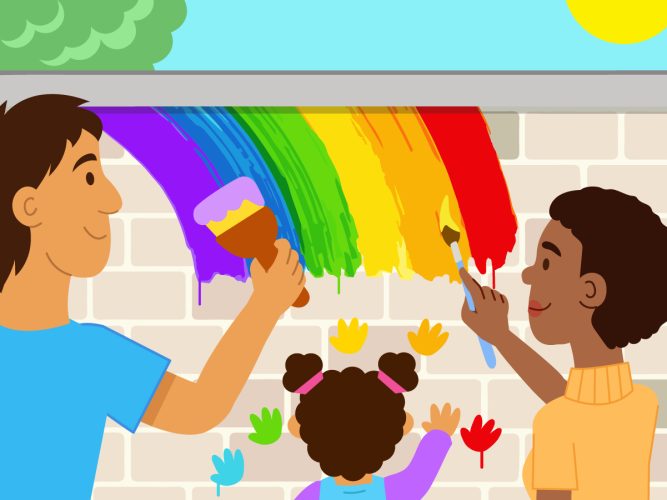
Community Conversation: Community Violence
Many communities are unfortunately impacted by community violence, but there are people and organizations striving to help. You can, too!
